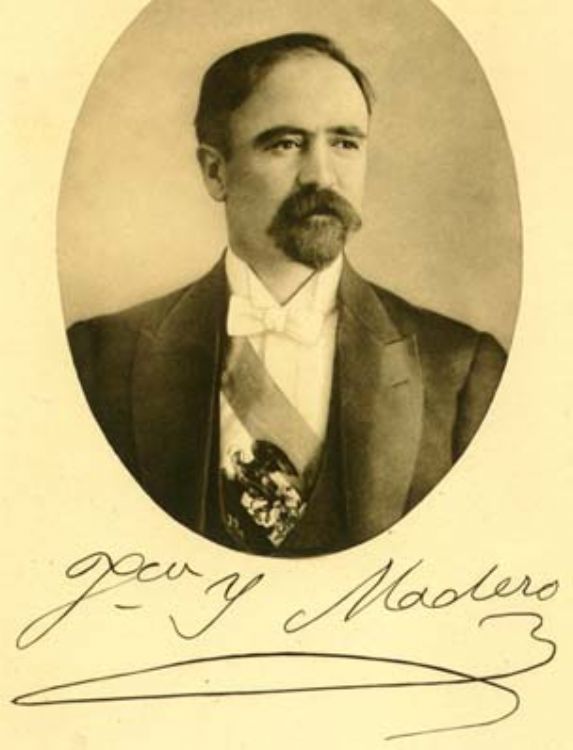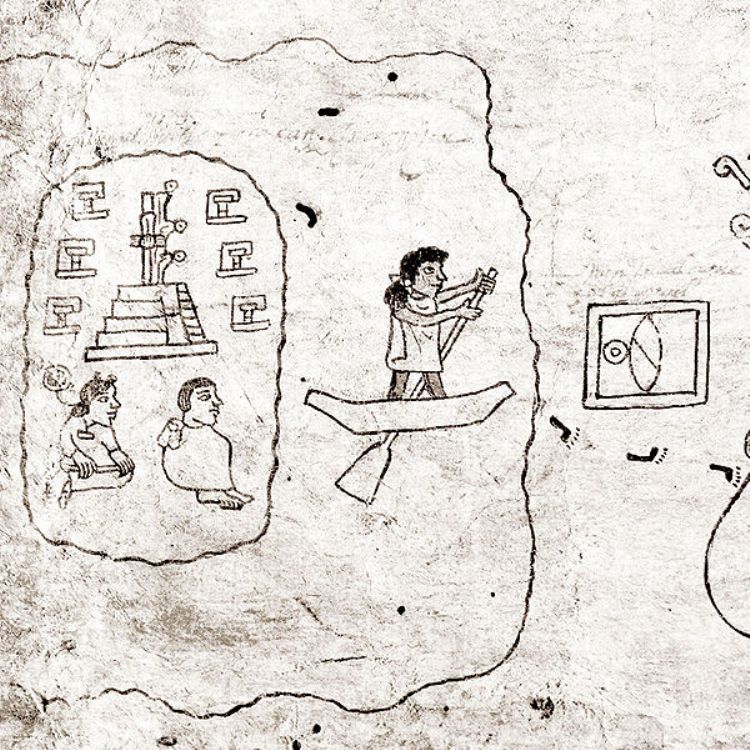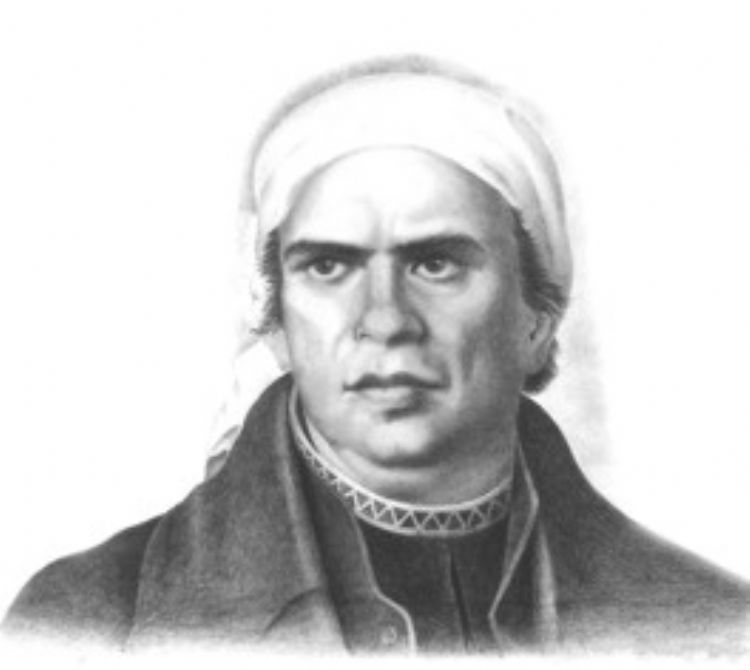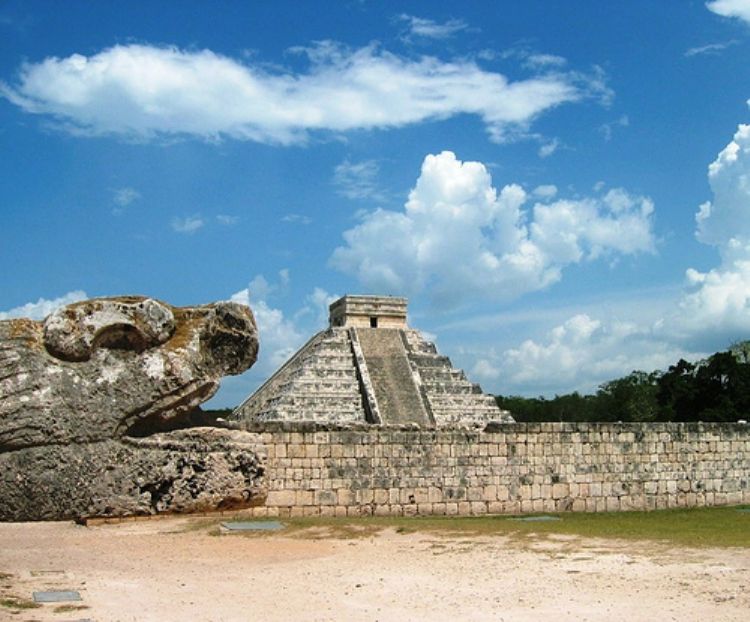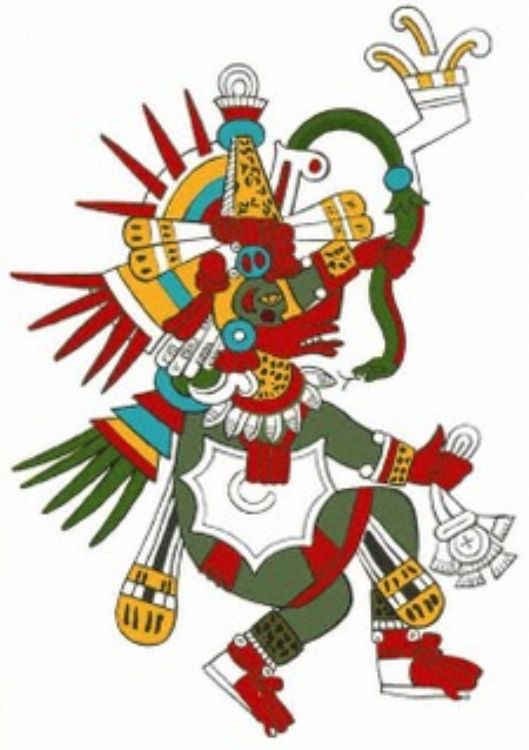Octavio Paz
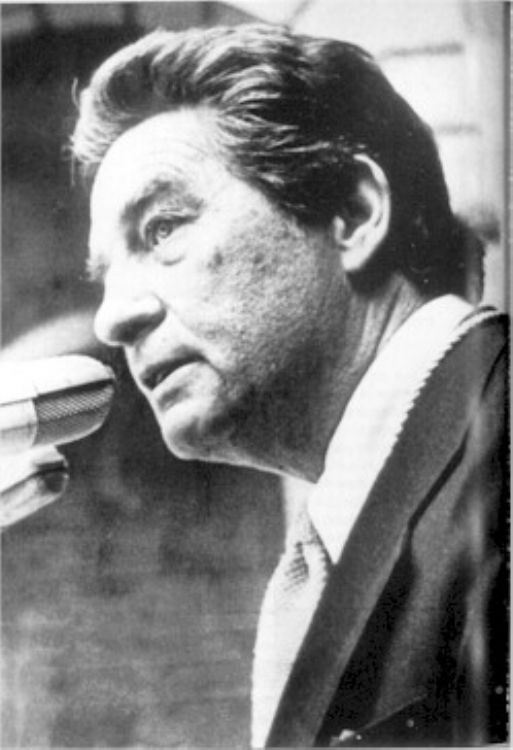
Octavio Paz was born in Mexico City in 1914 and died in 1998. He was, among other things, a diplomatic and one of the most emblematic writers of the 20th century. Among his works are essays in Vuelta magazine, contributions to newspapers as la Jornada and diverse literary publications. His most published books are: Libertad bajo palabra, La estación violenta, La centena, Posdata, Pasado en claro and poetry. Among his essays are: Las peras del olmo, Hombres de un siglo, Tiempo nublado, as well as his work dedicated to Sor Juana Inés de la Cruz, Las Trampas de la Fe.
One of his most important works, El Laberinto de la Soledad, was written after he returned from a trip through different parts of the world and a long stay in the United States, where he contemplated the life of the illegal immigrants. It was the decade of the 50âs and the peak of the âpachucosâ. For Octavio Paz, the surroundings he carefully observed were transcendent, not only in this city, but in the United States, the place where the âpachucoâ was formed, one of the main characters that prompted his reflections on âEl Laberinto de la Soledadâ.
In this sense, Octavio Paz lived the duality of the Mexican people; on one hand represented by the upper classes and economical privileges, against the torn world of the lower classes. Paz used to say that Mexicans laugh with death, make fun of it, give it candy and celebrationsâ¦In that sense, the work El Laberinto de la Soledad frames the recognition of a dual culture, mestizos, product of the violent union of two worlds.
In love with Mexicans, fraternally related to many artists, Octavio Paz provides a lot more, he achieves to interest the reader in other characters, such as Sor Juana Inés de la Cruz, in his work Las Trampas de la Fe, he reveals the reasons for the poetâs writing style, he said that in order to understand her work we must understand her life and vice versa, as acts that complement each other.
Paz is also the author of important essays, because he was aware of the countryâs events, in Vuelta and Siempre, Paz gave his opinion on Chiapas, in Cambio Político, on the earthquake of 1985 and safety issues, he continued to be the sensor of his society supplying us with a constant opinion, he was the conscience.
Finally, and not because his workâs topics end, but because of synthesis, Paz also analyzed literature, art, was permanently teaching us about life, the work of diverse poets, writers and essayists. He was in search of what we had forgotten or even ignored. Azuela, López Velarde, Polish authors, Russians, passed through his mind for Mexicans to know them.
Because of this, we can understand why the commotion, why the grief and true sadness of losing someone who has been not only the literally conscience, but has added to it a relation with the social and political order.
The goal of art is touching the sensitive fibers of humans, through any expression, painting, sculpture, literature, it should extract from the individual something pure and spiritual. Paz besides being that conscience, proposed his art for making us sensitive, for knowing.
Click on the PLAY button to watch the Video.
Artículo Producido por el Equipo Editorial Explorando México
Copyright Explorando México. Todos los derechos Reservados.
Fotografía Tomada de Wikipedia.Org Ver Autor y Licencia

